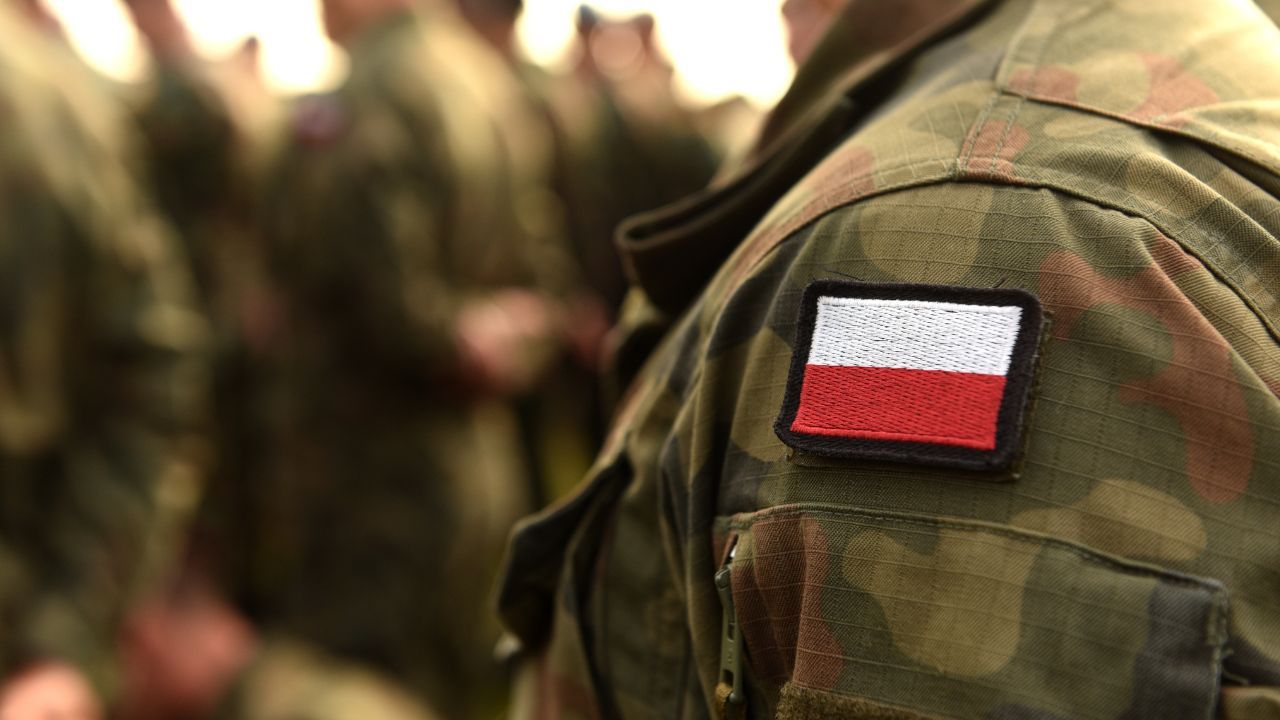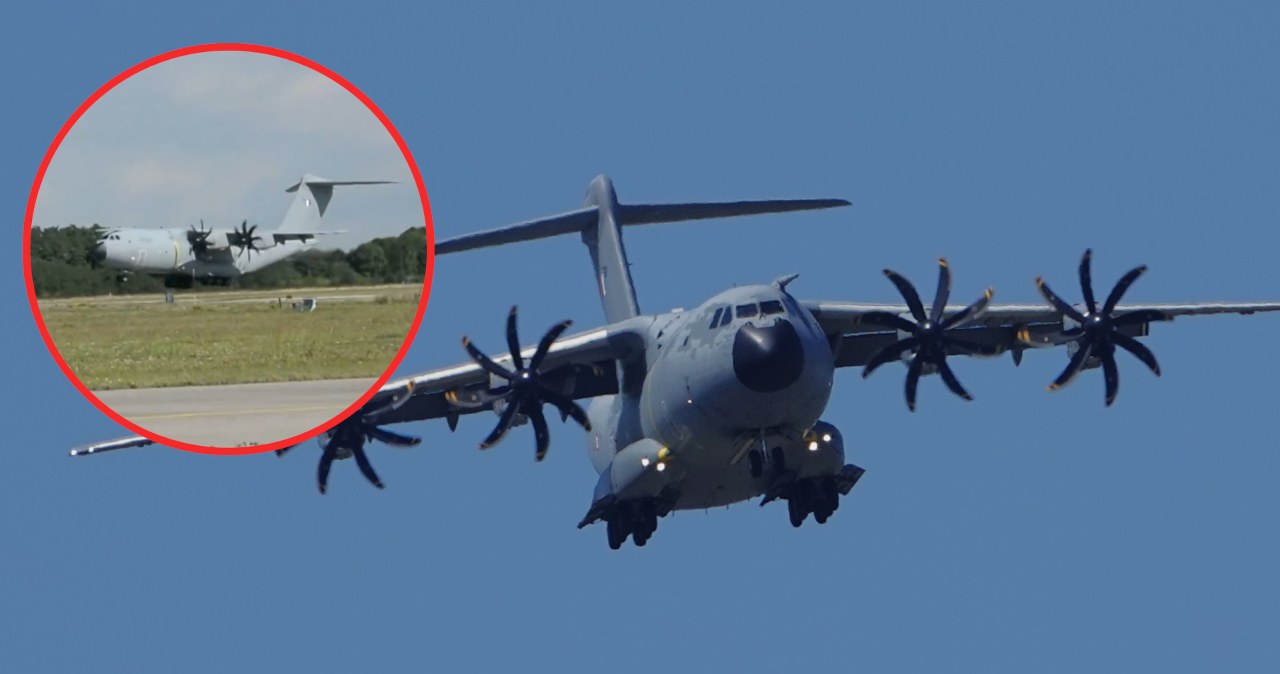On 14 June 1944, about 3.5 1000 soldiers from the National Army, the Peasants' Battalions, the People's Army, and russian guerrillas fought hard at the Porite Hill in Janowski Forests with a 30,000 German corps. The woods surrounded by the enemy defended themselves for respective hours, and under the cover of the night they slipped out of the lap.
"He rose bright, bathed in the sun's rays, a memorable day on June 14, 1944. In spite of nature, it began with a powerful bang of artillery missiles exploding in the forest, a blast of grenades, which the echo of the old forest exacerbates and pours into 1 powerful thunder" – described Stanisław Puchalski, a guerrilla from the “Father of John” branch of Francis, in memoirs published on the National Army's Museum of Management.
Many guerrilla, Polish and russian troops were active during planet War II in the Lublin region, including in the Lipski and Janowski Forests. “Extensive forest complexes were an perfect refuge for them and a good base of departure,” says Dr. Andrzej Rafalski, historian of planet War II. In the spring of 1944, the front of the German Army Group "North Ukraine" retreating from the Red Army began to approach the area. German transports with arms and supplies to the east front, frequently attacked by forest troops, besides went through these areas.
– The Germans decided to clear the front and destruct the threat from the guerrillas," says the historian. The Wehrmacht Command decided to conduct an anti-partisan operation, the first phase of which, including the Janowski Forest area, received the code name Sturmwind I (Wicher I). The occupiers concentrated 30,000 troops under General Siegfried Haenicke, including the forces of the 154th Infantry Division, 174th Infantry Division and 213rd Conservation Division.
Since the beginning of June, German troops have been sweeping the area, removing smaller troops, and larger ones have been pushed into the forests, slow circling them. During 1 of specified clashes, on 13 June under the village of Szklarnia the patrol of the People's Army crashed the German military column and the guerrillas captured the staff documents. Thanks to them, they learned about German operations plans. “The guerrilla commanders have decided to concentrate all their forces in the Porite Hill region and take up defence there,” explains Dr. Rafalski. He adds that the forest Germans surrounded decided to fight until dark, and at night effort to get out of the lap.
About 3.5 1000 guerrillas were included in the German boiler, including Polish troops National Army and the National Military Organization, including Lieutenant Mieczysław Potyranski “Poraj” and Francis the Swearer “Father of John”, Boys' Battalions and the People's Army of the Wanda Vasilewska Brigade and the Lublin Land. The largest group was the russian Partisans, among others the Polish-Soviet Partisan Branch of the Stalin Brigade. Alexander Newski or the Semyon Budionny ward. The commander of the combined forces was the highest russian officer Colonel Nikolai Prokopiuk.
A German attack began on 14 June at dawn. There was fire from the cannon and mortars, then the infantry started to attack. German aircraft besides joined the fight. "The unbroken bang of bombs, the swing of device guns, the crack of falling branches and falling trees stunned," recalled Maria Deresz, an orderly from the “Father John” branch, in the book “The Sky Without the Sun”.
The fierce conflict continued until late evening. Even by hand, the guerrillas managed to defy all attacks. "Bandy tried to break through the lap ringing to the northeast respective times. All attempts to penetrate were rejected. Band forces are now crowded together in an area with a width of 1 km and a depth of 1.5 km" – the study of the German command of 14 June 1944 sounded.
At night, under the cover of darkness, an effort was made to break through the lap. "Carefully, with the top silence, soldiers left their positions. (...) A long line of rolling stock wagons, wagons with injured people dragged in the darkness of the night," wrote Deresz. The Partisans managed to undetect the German boiler. The main part of the group reached Solska Forest. The following morning the Germans started another, this time successful, storm on the Porite Hill. Only a fewer twelve partisans left on it, to which the order did not reach.
According to historians' estimates, more than 200 soldiers were killed and wounded on the guerrilla side. German losses, on the another hand, amounted to nearly 500 dead. “The Battles of Porite Hill were the largest guerrilla conflict on Polish lands,” emphasises Dr. Rafalski. He adds that the clash is considered to be a large success of forest troops, which survived an all-day attack of overwhelming enemy forces and got out of the lap.

![Znowu drony?! Wystartowały myśliwce, wyły syreny [AKTUALIZACJA]](https://wpolsce24.tv/storage/files/2025/9/13/f72d7857-3965-45bf-b4fd-f5488074fdc9/my%C5%9Bliwce.webp)

![Russia is losing, besides in negotiations [Antti HAKKANEN]](https://wcn-media.s3.us-west-004.backblazeb2.com/2025/09/2imr1AU6-cqmqHUZg-forum-0726920729-1-768x512-1-1-1.jpg)







